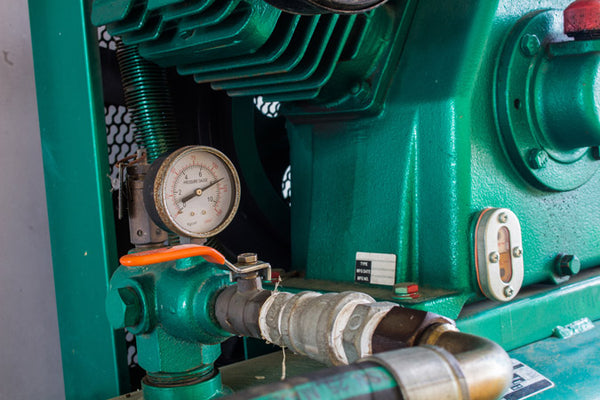
We get many requests for a device to convert a resistance to voltage or current. This can be done very simply using ARM with voltage divider on the input. We can convert almost any resistive range to a 0-5 VDC signal which can be re-scaled by the ARM to any standard output. The ARM is also capable of re-scaling to most uncommon ranges also (reverse or direct acting).
Standard Outputs
- 1-5 VDC, 0-10 VDC, 2-10 VDC, 0-15 VDC, 3-15 VDC, 0-20 mA, 4-20 mA.
Uncommon Outputs
- 0-1 VDC, 4-7 VDC, 0-13 VDC, 2.406-3.868 VDC, 2.635-3.209 VDC, 0-5 mA, 0-10 mA, and many others possible.
| Example 1 | Example 2 |
|
P = 20 VDC Vin = 0-5 VDC R2 = 1000 ohms (0-1000 ohms) R1 = R2 [(P/Vin)-1] R1 = 3000 ohms I = E/R = P/(R1+R2) = 20/4000 =.005amp Power = IE = (.005)(20) =.1watt R1 wattage needed, .25 watt or greater |
P = 20 VDC Vin = 0-3.88 VDC R2 = 135 ohms (0-135 ohms) R1 = R2 [(P/Vin)-1] R1 = 560 ohms I = E/R = P/(R1+R2) = 20/560 =.028 amp Power = IE = (.028)(20) =.56 watt R1 wattage needed, 1/2 watt or greater |
 The ARM provides a 20 VDC accessory supply voltage that is applied through the series (R1) resistor into the variable resistance output of a controller (R2). This is a voltage divider configuration that will apply a variable analog input into the ARM. It is important to use (R1) for heat dissipation and limiting current.
The ARM provides a 20 VDC accessory supply voltage that is applied through the series (R1) resistor into the variable resistance output of a controller (R2). This is a voltage divider configuration that will apply a variable analog input into the ARM. It is important to use (R1) for heat dissipation and limiting current.


